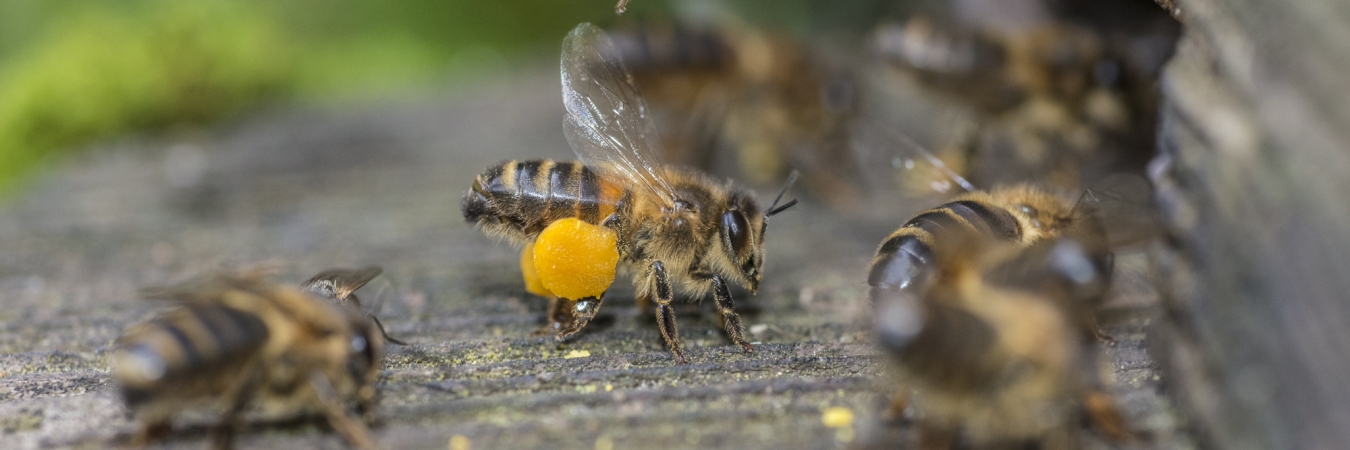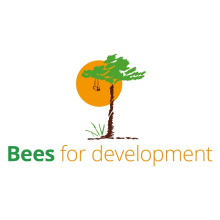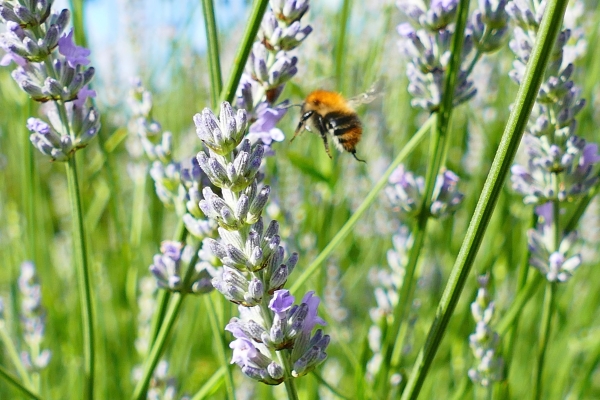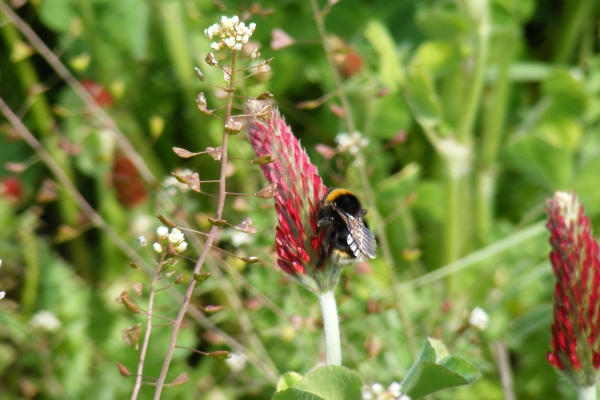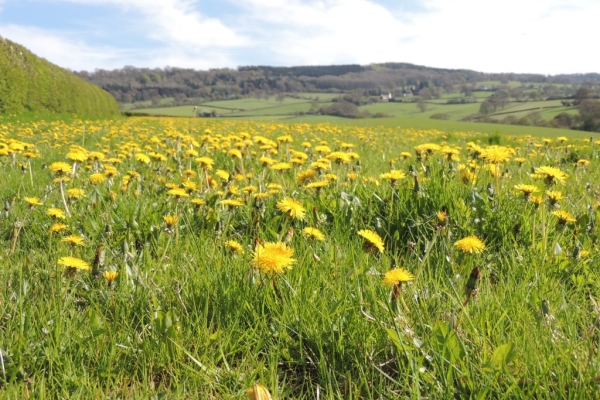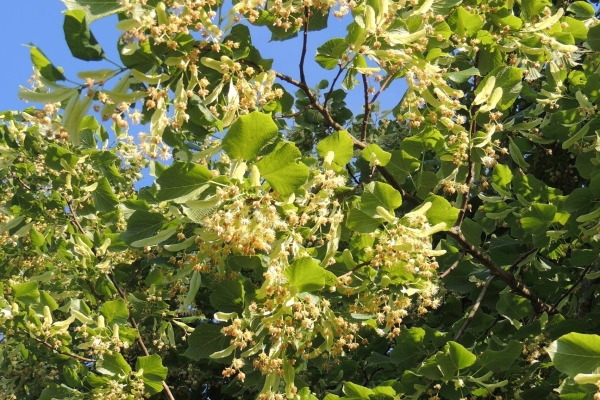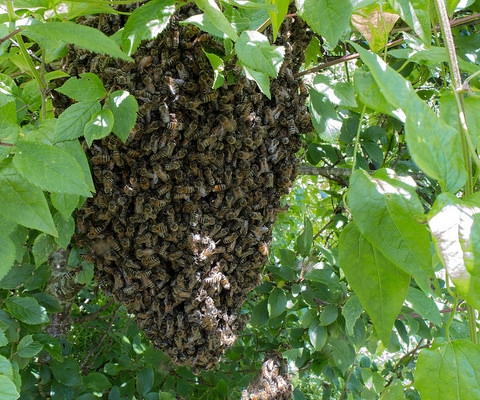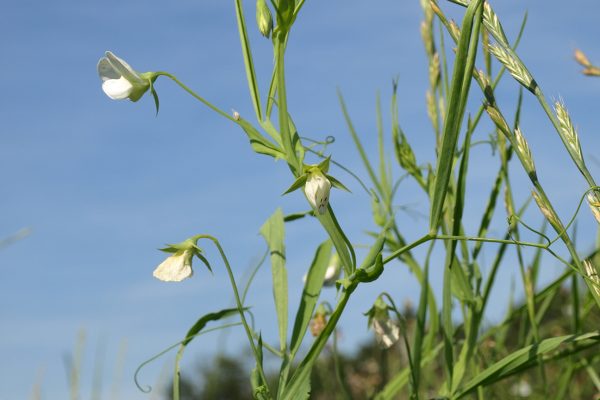The importance of bees and other insect pollinators
Resource explained
This Bees for Development factsheet provides important background information on the interrelationship between pollinating insects and flowering plants.
It is divided into:
- Bees and biodiversity: why bees and other insect pollinators are crucial for life on earth and descriptions of biodiversity and pollination.
- Insect pollinators as part of ecosystems: the interdependence of flowering plants and their pollinators.
- Insect pollinators: their prevalence and importance in the British Isles.
- Pollination: the physical process explained.
- Flowers and bees: fascinating insights into how they have evolved for mutual benefit.
- Bees are good pollinators: definition of what makes bees such efficient pollinators.
- Flower constancy: bee tactics for collecting pollen and / or nectar.
- Pollination requirements of plants: why different crops have different requirements.
- One example of specialised pollination: an example demonstrating the interdependence that can exist between plants, insects, animals, trees and people.
- Forest requirement for pollinators: the value of honeybees in maintaining forest habitats.
Findings & recommendations
- Many fruit, vegetable, oilseed and biofuel crops grown in the UK depend on insect pollination. Yet pollinators are in steep decline due to changing land use, loss of flowering plants and agrochemical use.
- Ensuring you have adequate populations of pollinating insects on your farm is an essential input towards achieving maximum crop yields.
- Genetic variation in wild plants is key to their survival as climate and prevailing conditions change. It is maintained by effective cross-pollination of flowering plants by insects.
- The efficiency of honeybees is due to the large number of forager bees in each colony, their physique, and their behaviour of foraging on only one plant species at one time.
- Some plants need several visits from bees to ensure that all the flower’s eggs are fertilised. If fertilisation is inadequate because of lack of bees, not all seeds will develop and fruit shape will be poor and small.
- Studies have shown that many small bee species do not cross open areas. This is why hedges and verges play an important function as wildlife corridors.
- When enough bees are present in a forest, they provide better pollination, which leads to improved regeneration of trees and conservation of the forest’s biodiversity.
Related articles
Organic vegetable farmer Andy Dibben puts forward the case for allowing complex insect ecosystems to develop or be proactively encouraged on farms, describing ways in...
A short video of why we need pollinators and they need us. What simple actions can we take to help reduce the many threats pollinators...
Bees for Development practical management tips for different areas of your land, to help encourage wild flower species and pollinators.
Bumblebees in the UK; their importance, their requirements, and how farmers can help bring back the bumblebee.
A Bees for Development factsheet providing useful information to help you integrate insect beneficial plants on your farm.
An article highlighting the importance of ensuring our flowering habitats and how we manage them provide for wider bee and wasp communities.
Simple steps that farmers can take to halt the decline of bees and other insect pollinators in Wales, relevant to the British Isles.
This BBSRC-funded video provides important messages to help us target pollinators that will benefit UK crops and help ensure food security.
The important role of legumes as a food resource for pollinators and species that can help provide the forage reserves throughout the year.
